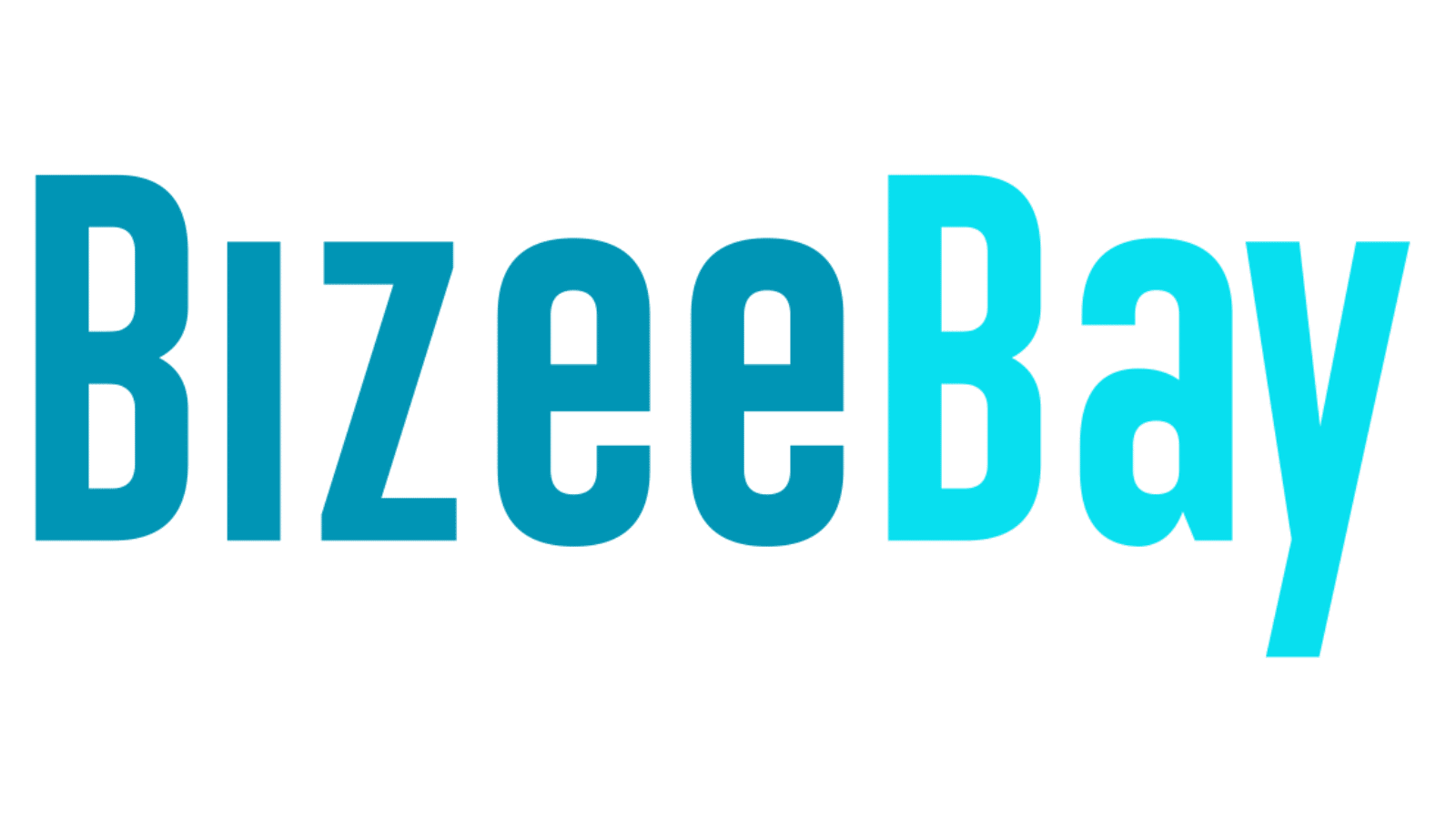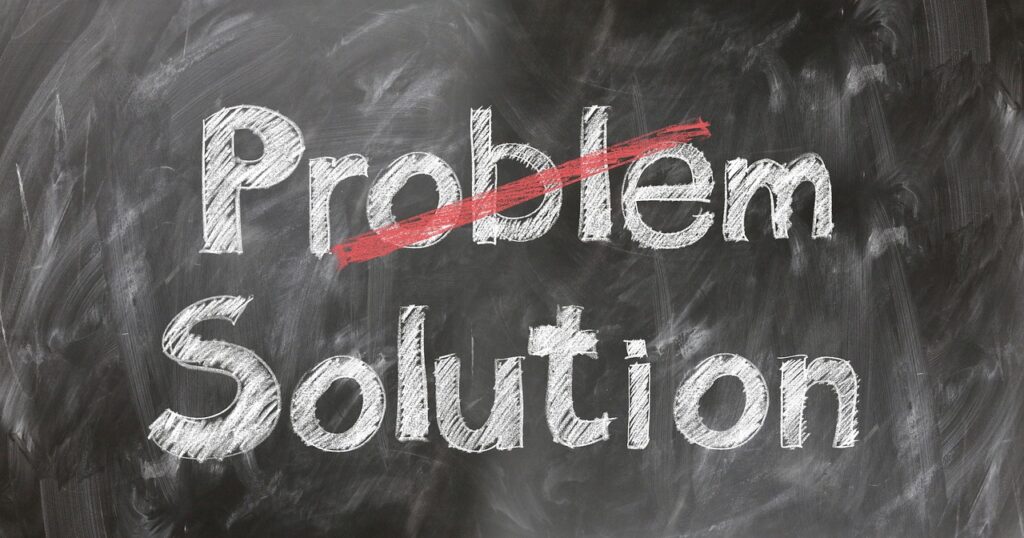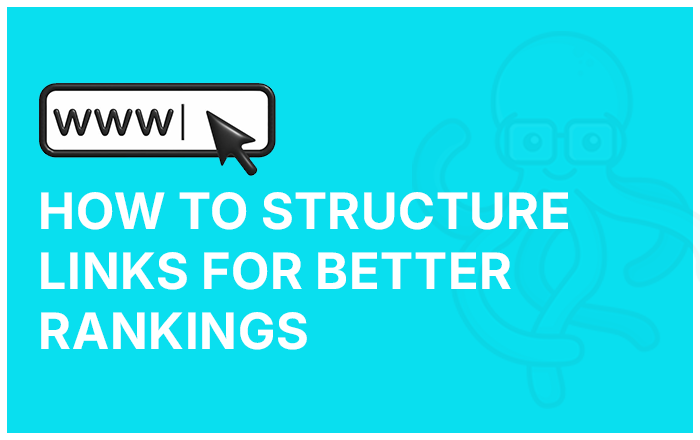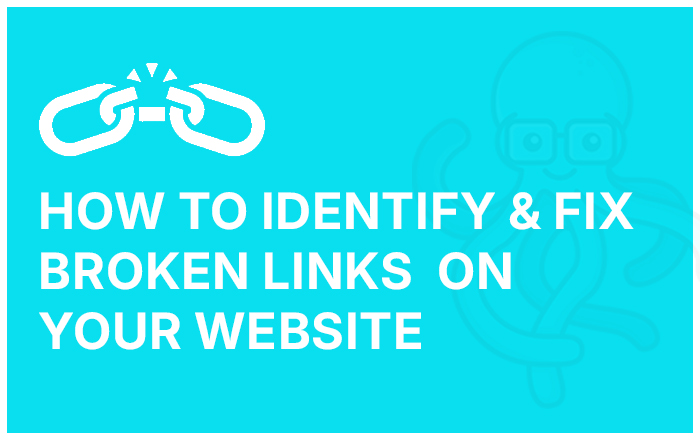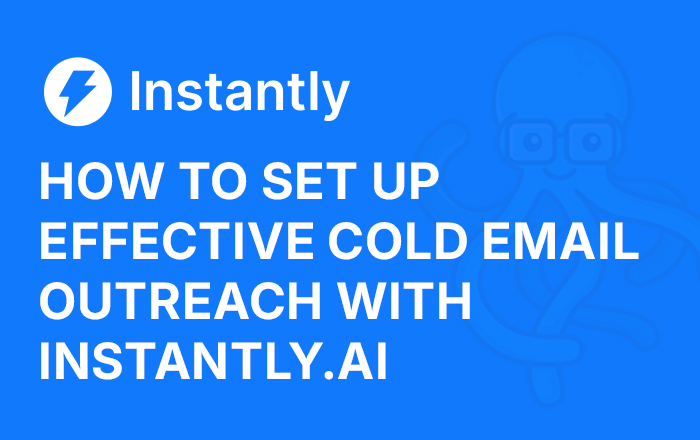Effective content strategy is the backbone of any successful online presence. With an overwhelming amount of information available to users, businesses need to focus on creating content that resonates with their audience and solves real problems. This is where problem/solution mapping comes in. It’s a strategic approach to align your content with the pain points and goals of your audience, ensuring relevance and impact.
In this blog, we’ll explore what problem/solution mapping is, why it’s essential for your content strategy, and how Bizeebay can help you implement this technique for maximum results.
What is Problem/Solution Mapping?
Problem/solution mapping is a structured method to identify your target audience’s challenges and provide content that addresses those issues effectively. This process involves:
- Identifying the key problems your audience faces.
- Aligning each problem with a tailored solution.
- Creating content that bridges the gap between the problem and the solution.
This approach makes sure that your content isn’t just informative but also actionable, solving specific problems for your audience.
Why is Problem/Solution Mapping Important?
Creating generic content won’t help you stand out. Here’s why problem/solution mapping is crucial:
1. Builds Audience Trust: By addressing your audience’s pain points, you position yourself as an authority in your industry. They trust you because your content demonstrates that you understand their challenges.
2. Increases Engagement: Content that resonates with your audience’s problems encourages higher engagement, including more clicks, shares, and comments.
3. Drives Conversions: When users see your content solving their issues, they are more likely to engage with your products or services, driving conversions.
4. Improves SEO: Relevant, high-quality content that addresses specific problems ranks better on search engines. Keywords naturally flow when your content focuses on solutions.
Steps to Implement Problem/Solution Mapping in Your Content Strategy
Step 1: Understand Your Audience
Create detailed buyer personas by analyzing:
- Demographics
- Interests and preferences
- Pain points and challenges
Example Table: Audience Pain Points
| Pain Point | Example Problem | Potential Solution |
| Lack of SEO knowledge | Website traffic is low | Offer an SEO optimization guide |
| Poor sales conversions | Visitors don’t convert into customers | Write about conversion rate optimization |
Step 2: Brainstorm Problems
Work with your team to list all possible challenges your audience might face. Use tools such as customer surveys, feedback from social media platforms, and insights from Google Analytics to collect valuable data.
Step 3: Align Solutions with Your Services
Match each identified problem with the services or expertise your business offers. For example:
- Problem: Small businesses struggle with website development.
- Solution: Bizeebay’s customizable, professional website development services.
Step 4: Create Solution-Oriented Content
Develop content around these solutions, such as:
- Blog posts
- Case studies
- Video tutorials
- Infographics
Step 5: Optimize Content for SEO
Use relevant keywords like:
- Problem/Solution mapping for content strategy
- Improve content engagement
- SEO content strategy solutions
Pro Tip: Use keyword research tools to identify long-tail keywords for specific problems.
Step 6: Measure Results
Monitor your content’s effectiveness by analyzing metrics such as:
- Organic traffic
- Bounce rate
- Conversion rate
How Bizeebay Helps with Problem/Solution Mapping
At Bizeebay, we understand the challenges businesses face in developing effective content strategies. Our services are designed to:
- Identify Audience Needs: With our expertise, we help you analyze and understand your audience deeply.
- Content Development: We create SEO-optimized, engaging content tailored to your audience’s problems.
- Data-Driven Approach: Our strategies are backed by data to ensure measurable results.
Whether it’s crafting compelling blog posts or developing a full-fledged content calendar, Bizeebay makes sure your content addresses the right problems with actionable solutions.
Common Mistakes to Avoid in Problem/Solution Mapping
1. Ignoring Audience Feedback: Feedback is a goldmine for identifying real problems. Ignoring it can lead to irrelevant content.
2. Being Too Generic: Content that tries to solve every problem at once often resonates with no one. Focus on specific, actionable solutions.
3. Overlooking SEO: Even the best content won’t rank without proper SEO optimization.
Takeaways
Problem/solution mapping is a powerful tool to refine your content strategy, ensuring your efforts resonate with your audience. By focusing on their pain points and delivering actionable solutions, you not only engage your readers but also drive conversions and improve your online presence.
With Bizeebay’s expertise in content strategy and SEO, we make it easy for you to implement problem/solution mapping and see measurable results. Ready to transform your content strategy? Let’s get started today!
FAQs About Problem/Solution Mapping
1. What is problem/solution mapping in content strategy?
Problem/solution mapping is a method of aligning audience pain points with actionable solutions, ensuring your content is relevant and impactful.
2. How does problem/solution mapping improve SEO?
By focusing on specific problems and solutions, your content naturally incorporates relevant keywords, boosting organic rankings.
3. Can small businesses benefit from problem/solution mapping?
Absolutely! It helps small businesses target their niche audience effectively, increasing engagement and conversions.
4. How does Bizeebay support problem/solution mapping?
Bizeebay offers services like audience analysis, content development, and SEO optimization to create tailored, solution-oriented content strategies.
5. What tools can I use for problem/solution mapping?
Tools like Google Analytics, keyword research tools, and customer surveys can help identify problems and align solutions effectively.
